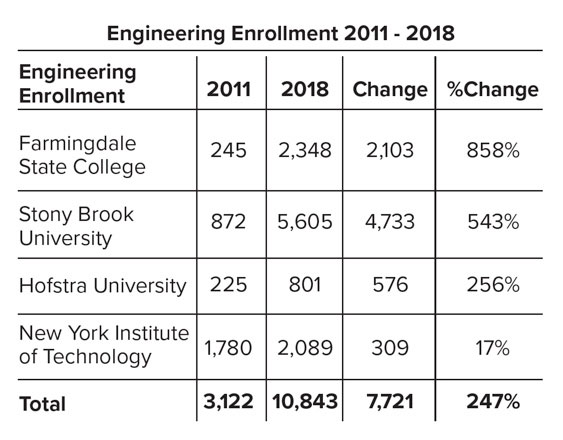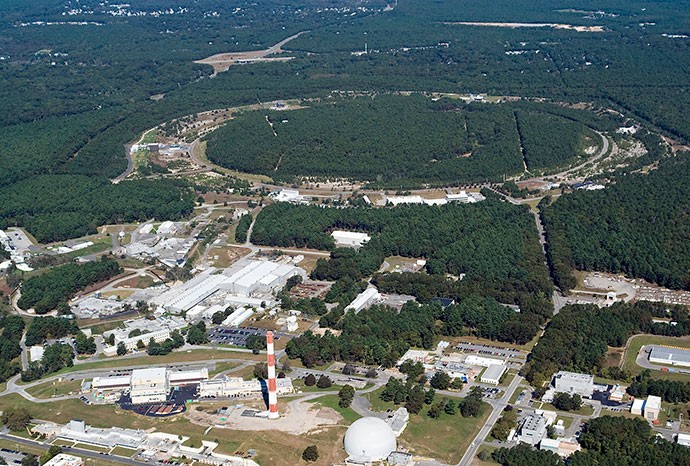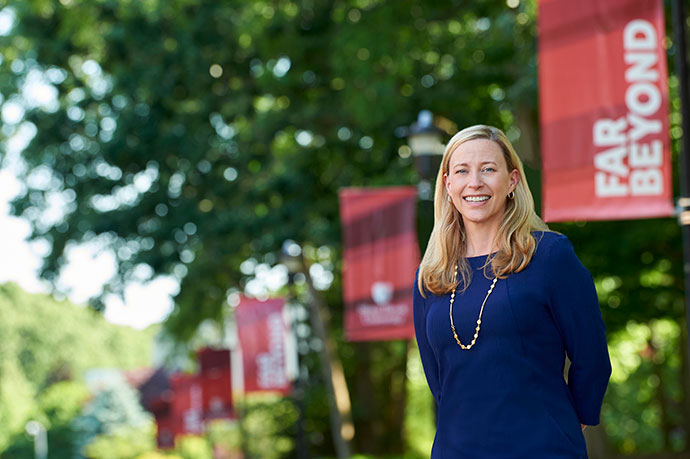Last summer, Dr. Maurie McInnis took office as the sixth President of Stony Brook University, a top public research university located 60 miles east of New York City on Long Island, with enrollment of more than 25,000 students. As the university explains, she “plays a key role in economic development on Long Island.” She also oversees Stony Brook Medicine, encompassing five health sciences schools, four hospitals and 200 community-based healthcare settings. Dr. McInnis most recently served as the executive vice president and provost for the University of Texas at Austin, another top public research university.
President McInnis was kind enough to respond to a few questions from Site Selection. Her answers provide some insight into the unique value of Stony Brook and of university alliances in general. (For more, read Site Selection’s Long Island Intelligence Report, published last fall.)
How do you envision your role and the university’s role in regional and state economic development?
Dr. Maurie McInnis: As the only public research university on Long Island, Stony Brook is the single largest economic driver for the region. The most recent independent study showed that Stony Brook’s annual economic impact is $7.23 billion. A good deal of this stems from our research enterprise and our role as the premier academic medical center and region’s leading healthcare provider. We also have thriving economic development programs, as well as our Research and Development Park, focusing on outreach to local industry.

There aren’t many schools that get to be affiliated with a national lab as well as with a strong statewide system like SUNY. Describe the unique competitive advantages those affiliations confer on the university and the regional economy.
Dr. Maurie McInnis: As you’ve noted, Stony Brook shares a close connection to Brookhaven National Laboratory, which is one of only a few national labs in the Northeast and home to some of the most innovative major research facilities in the world. In fact, we have a formal relationship and another one that is built on shared research interests.
First, Brookhaven National Laboratory (BNL) is managed on behalf of the U.S. Department of Energy by Brookhaven Science Associates, a partnership between the Research Foundation for the State University of New York on behalf of Stony Brook University and Battelle. Very few universities have this contractual responsibility; other examples are Stanford, the University of Chicago and the University of California. Beyond that, Stony Brook and BNL have developed a number of close collaborations that address major research questions facing society, such as renewable energy, climate issues, fundamental physics problems and advanced materials. We share more than 100 joint appointments between us, which enables our faculty and students to use unique facilities at BNL. It’s an enormous resource for our research enterprise, and this translates to our economic impact.

Where do you see the best opportunities for companies to partner with the university’s research centers or other programs?
Dr. Maurie McInnis: There are almost too many areas to list. But good examples include biomedical devices, medical imaging, energy and computationally intensive areas like AI and cybersecurity, just to name a few. In addition to having leading researchers, we also have infrastructure and core facilities to help small and large companies alike in solving their problems. We also work closely with emerging companies in our incubation spaces, where they can take advantage of resources and expertise ranging from business advice to advanced instrumentation.
What is your vision for cultivating the university’s connections with institutions and companies abroad?
Dr. Maurie McInnis: The scrutiny currently being given to international connections has meant that we are being careful in developing collaborations abroad. Our research and scholarship usually address fundamental questions that are universally shared. So, we have long been part of international collaborations in areas such as physics, astronomy, human evolution, environmental biology and public health. In each of these areas, we lead or partner in global studies involving other universities and industries. Notable examples include our role in one of the leading experiments at the Large Hadron Collider in CERN, the world-renowned research on human evolution at the Turkana Basin Institute in Kenya, and astronomy studies at observatories at several locations throughout the world. We encourage our faculty to engage in new collaborations whenever possible.
How tight or loose a hold institutions have on IP can determine how much innovation they produce. How have Stony Brook and other institutions you’ve been affiliated with evolved on this topic, and how has that furthered industry partnerships?
Dr. Maurie McInnis: This has always been a challenge, but our Office of Technology, Licensing and Industry Relations has worked very hard to make it easy for our faculty to work with industry. For clinical research we are now routinely concluding initial agreements in less than three days. This sends a strong signal to companies that we’re serious about working with them. On IP, we are committed to the idea of moving research to practice where it has an impact on daily life, and this certainly means working well with industry.
Our research enterprise has a well-established record of success in licensing IP and then supporting the company’s product development where we can. More recently, they have also taken a more personal approach in trying to complete agreements. We’re always looking for ways to establish better relationships and manage IP matters so that we can continue to do business, and often just picking up the phone and working through details can make the difference in getting something done. That’s what our research team does so well.


